How To Read AnswerThePublic Keyword Branches
How?. AnswerThePublic will help you understand what people are searching for on the internet. It provides insights into the questions, phrases, and keywords that people use to search for information…
How?
AnswerThePublic will help you understand what people are searching for on the internet. It provides insights into the questions, phrases, and keywords that people use to search for information about a particular topic. AnswerThePublic uses a visual representation of the search data, which is divided into different keyword branches. In this article, we will explain how to read AnswerThePublic keyword branches.
When you enter a search term into AnswerThePublic, the tool generates a visual representation of the search data. The visual representation is divided into five branches: Questions, Prepositions, Comparisons, Related, and Alphabetical.
Here is an interesting infographic to help you understand each branch and get the most out of your report:
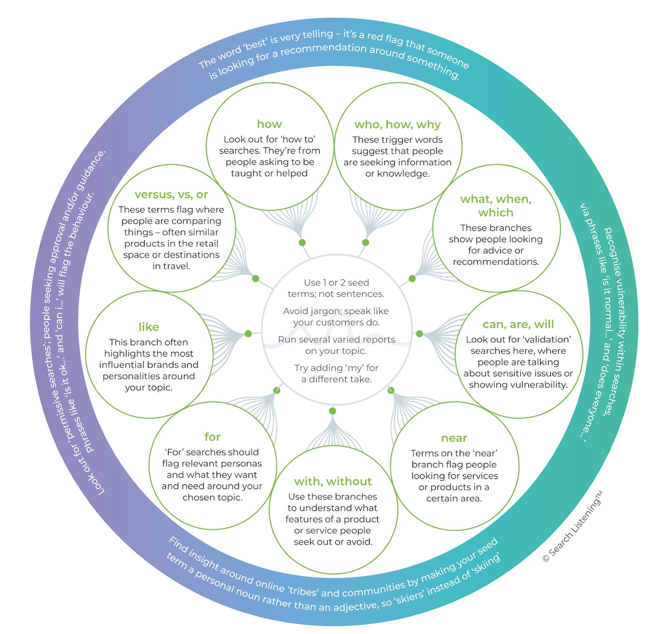
Questions: The questions branch displays the most common questions that people have about your search term. The questions are arranged in a wheel-like structure, with the most common questions at the center of the wheel and less common questions on the outer edges. The questions branch is useful for understanding the specific queries that people have about your search term.
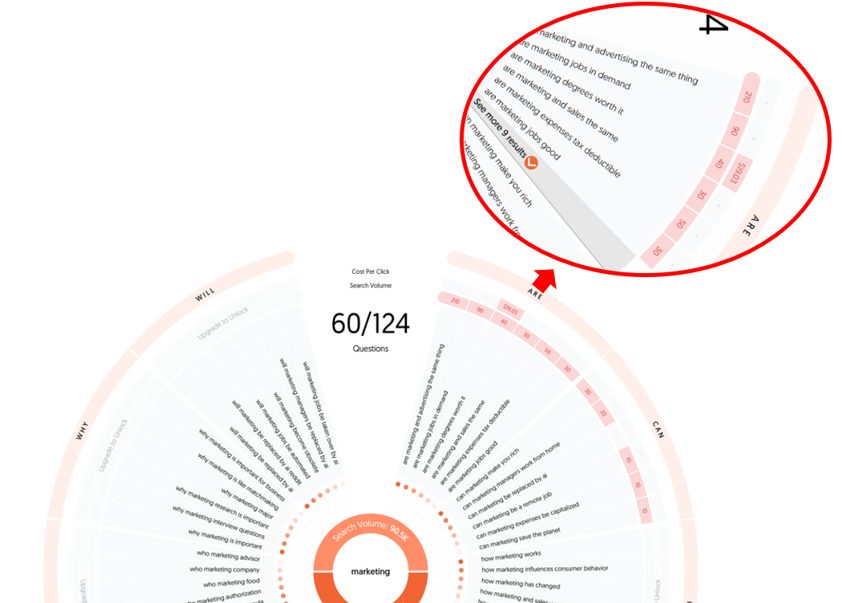
Prepositions: The prepositions branch displays the most common prepositions people use with your search term. Prepositions are words that connect nouns, pronouns, or phrases to other words in a sentence. The prepositions branch is useful for understanding how people use your search term in a sentence and what other words they commonly use with your search term.
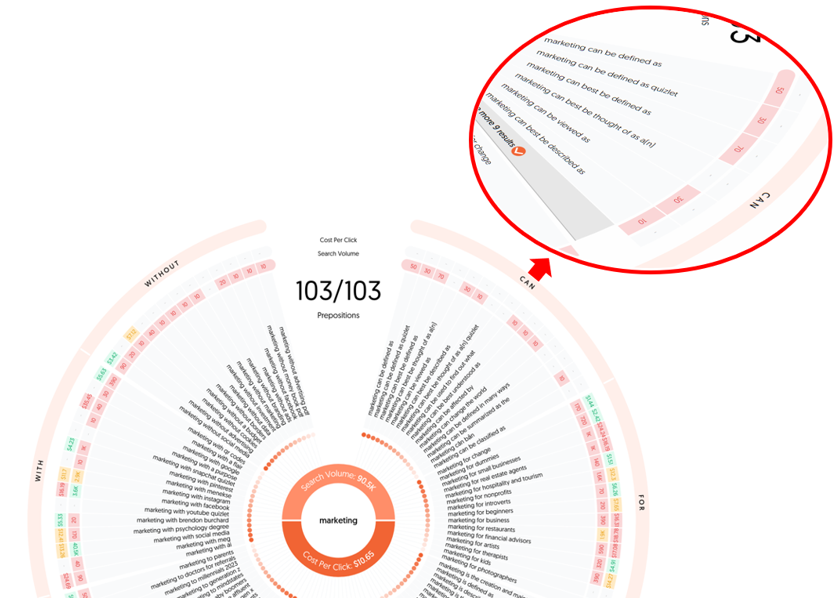
Comparisons: The comparisons branch displays the most common comparisons that people make with your search term. The comparisons can be between your search term and other products, services, or concepts. The comparisons branch is useful for understanding how your search term compares to other products or services in the market.
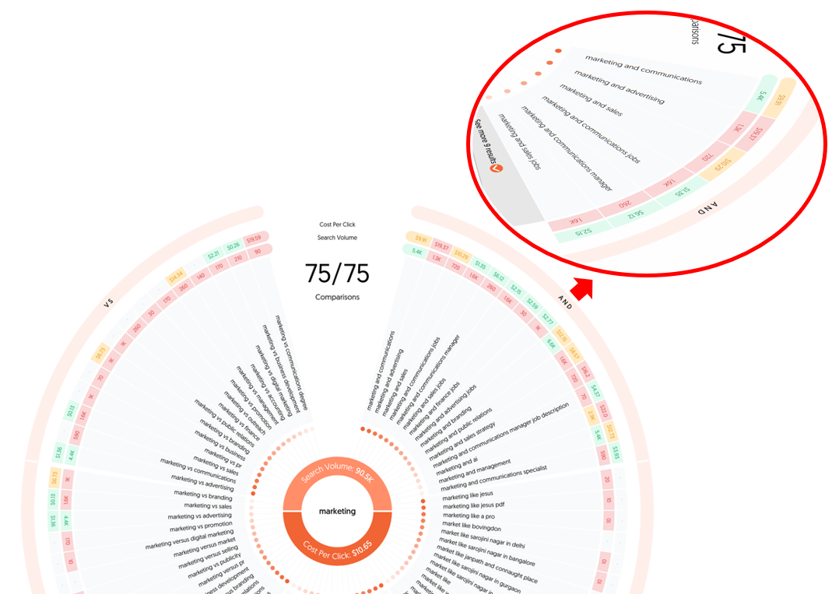
Related: The related branch displays the most common related topics or keywords that people search for in conjunction with your search term. The related topics can help you identify other areas of interest or topics that people associate with your search term.
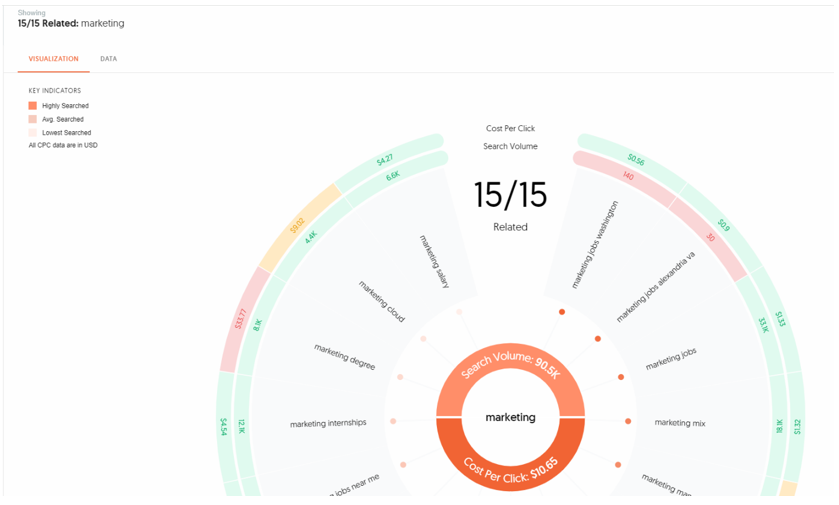
Alphabetical: The alphabetical branch displays a list of keywords and phrases related to your search term in alphabetical order. The alphabetical branch is useful for understanding the specific terms and phrases that people use when searching for information about your search term.
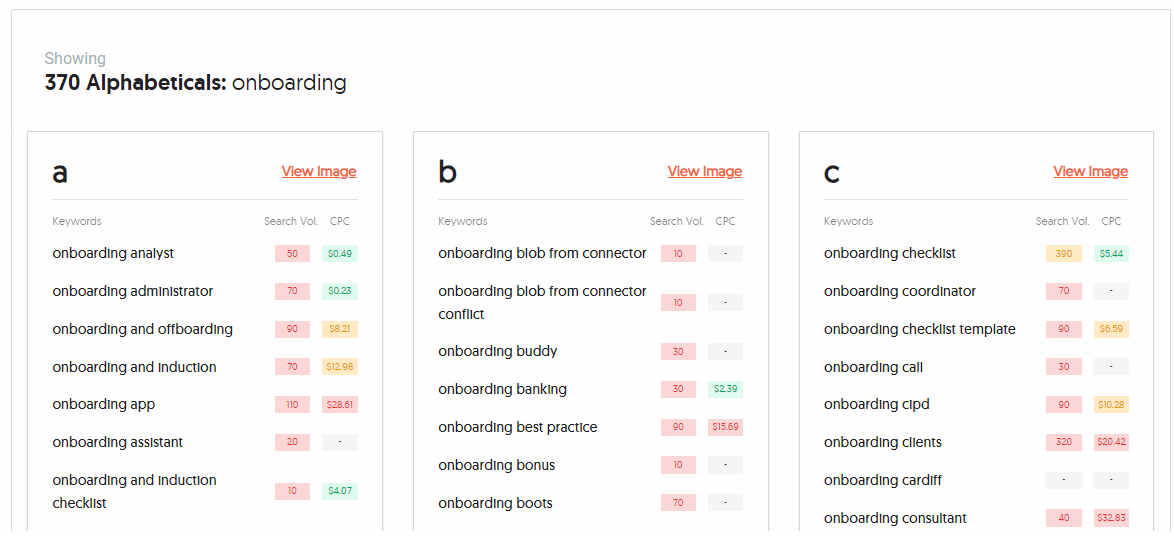
Now that you understand the different branches of AnswerThePublic, it's important to know how to use them to gain insights into your search term.
Insights On Keyword Branches
Use the questions branch to understand the specific queries that people have about your search term. This information can help you create content that answers these questions.
Use the prepositions branch to understand how people use your search term in a sentence and what other words they commonly use with your search term. This information can help you optimize your content for search engines.
Use the comparisons branch to understand how your search term compares to other products or services in the market. This information can help you identify areas of differentiation for your product or service.
Use the related branch to identify other areas of interest or topics that people associate with your search term. This information can help you identify new opportunities for content creation.
Use the alphabetical branch to understand the specific terms and phrases that people use when searching for information about your search term. This information can help you identify long-tail keywords to target in your content.
How: Look out for ‘how to’ searches. They’re from people asking to be taught or helped
Who, How, Why: These trigger words suggest that people are seeking information or knowledge.
What, When, and Which: These branches show people looking for advice or recommendations.
Can, Are, Will: Look out for ‘validation’ searches here, where people talk about sensitive issues or show vulnerability.
Near: Terms on the ‘near’ branch flag people looking for services or products in a certain area.
With, Without Use these branches to understand what features of a product or service people seek out or avoid.
For: ‘For’ searches should flag relevant personas and what they want and need around your chosen topic.
Like: This branch often highlights the most influential brands and personalities around your topic.Versus, vs, or: These terms flag where people are comparing things – often similar products in the retail space or destinations in travel.
Versus, vs, or: These terms flag where people are comparing things – often similar products in the retail space or destinations in travel.
Reading Keyword Branches: An Example
Let's take the keyword "yoga" as an example and explore the different branches on AnswerThePublic:
- Questions: What are the different types of yoga? How often should I practice yoga? What are the benefits of yoga? How does yoga help with stress? These are some of the questions that people commonly search for related to yoga.
- Prepositions: Yoga for beginners, yoga near me, yoga poses, yoga classes, and yoga at home are some of the common prepositions that people use when searching for yoga.
- Comparisons: Yoga vs Pilates, yoga vs meditation, yoga vs gym, and yoga vs running are some of the comparisons that people make when searching for information related to yoga.
- Alphabetical: Some of the keywords related to yoga that people search for in alphabetical order include Ashtanga, Bikram, Hatha, Iyengar, Kundalini, Power, Restorative, and Vinyasa.
- Related: Meditation, mindfulness, healthy living, wellness, exercise, and stress relief are some of the related topics that people search for in conjunction with yoga.
By exploring these branches, you can find out what people are looking for when it comes to yoga. You can use this information to create content that provides value and answers questions.
Content Ideas Based on the Branches Suggestions
With those ideas you find on each branch you can use them to create content, if we continue with the yoga example you can use the suggestions in a specific blog post or website page as shown in the examples below:
- You can create a piece of content with the title ¨A Complete Guide to Get Started With Yoga¨, in the page content you can add different sections replying to the most common questions indicated in the question branch like ¨ what are the different types of yoga?¨, ¨ What are the benefits of yoga?¨, ¨ How often should I practice yoga?¨, etc.
- On a different page, you can explain the most common yoga poses and a brief explanation of how to practice yoga at home correctly.
- If you teach yoga classes virtually, you can explain the differences between practicing the exercises performed during the class with other disciplines like pilates, gym, and running in terms of physical benefits.
Related Article:
How did we do?
On-Page SEO Playbook for Updated Websites
What is Google Business Profile (GBP)?

